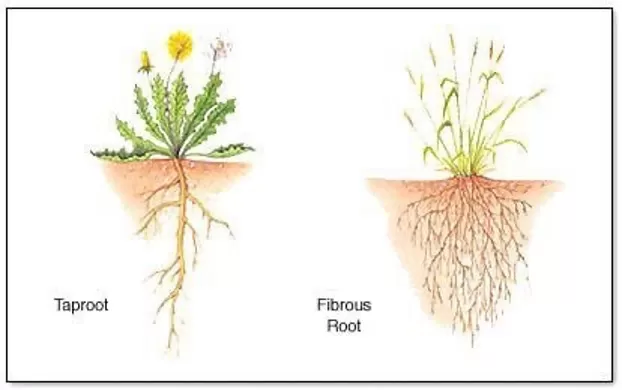Salary Transparency Laws

What are salary transparency laws? Where are they in effect? You may have been seeing headlines about this new legislation and you may have been wondering what this means for you.
In October 2020, Maryland’s Equal Pay for Equal Work Law started requiring employers to provide a wage range for a position upon a job applicant’s request, meaning it often wasn’t stated in the job ad but could be provided. The law prohibits employers from retaliating against applicants based on the request.
This pay transparency law also banned employers from asking applicants about their salary history and using that to determine an applicant’s future wages. Employers are allowed to ask about your salary expectations; however, they aren’t allowed to ask for details about your salary history.
Across the United States, salary transparency laws are rolling out. To learn more about all the U.S. states, cities and counties where companies have to share salary ranges with workers read this CNBC article which provides a quick summary of all the locations and their laws. According to Payscale, roughly 1 in 4 U.S. workers now live in a place where employers are required to share salary ranges by law at some point in the hiring process.
As these new laws have been rolled out in a patchwork of legislation, the implementation of them has been mixed. The larger companies with well-thought out and established salary structures have opted to post salary ranges for all U.S. positions whether or not its required by law. Other smaller employers struggle to set meaningful salary ranges and navigate conversations around pay with job candidates and their own employees. For example, some employers are posting positions with very wide salary ranges, i.e., between $50,000 and $1,000,000 in order to comply. Such broad ranges can undermine the purpose of salary transparency laws and frustrate job seekers.
What are some things to keep in mind as you peruse job ads with salary ranges?
- You should still know your market value – what is the norm for you skills and experience. Sometimes this can be found through sites like salary.com, glassdoor.com, or through informational interviews with your network. Make sure the ranges posted for job ads work for you!
- Don’t be afraid to ask questions about salary range such as “Can you help me understand the salary range and what factors might go into where a new hire might fall in that range?” Pay close attention to responses and potential red flags especially if an employer is unable to explain their pay practices and how they use them to pay fairly and equitably. This could indicate other problematic practices at that company as well.
- While pay is important, remember it is not the only thing. Sometimes positions can be good stepping stones. Also, evaluate whether your values align with those of the organization and make sure you are clear on the other benefits and items of value being offered as well.




